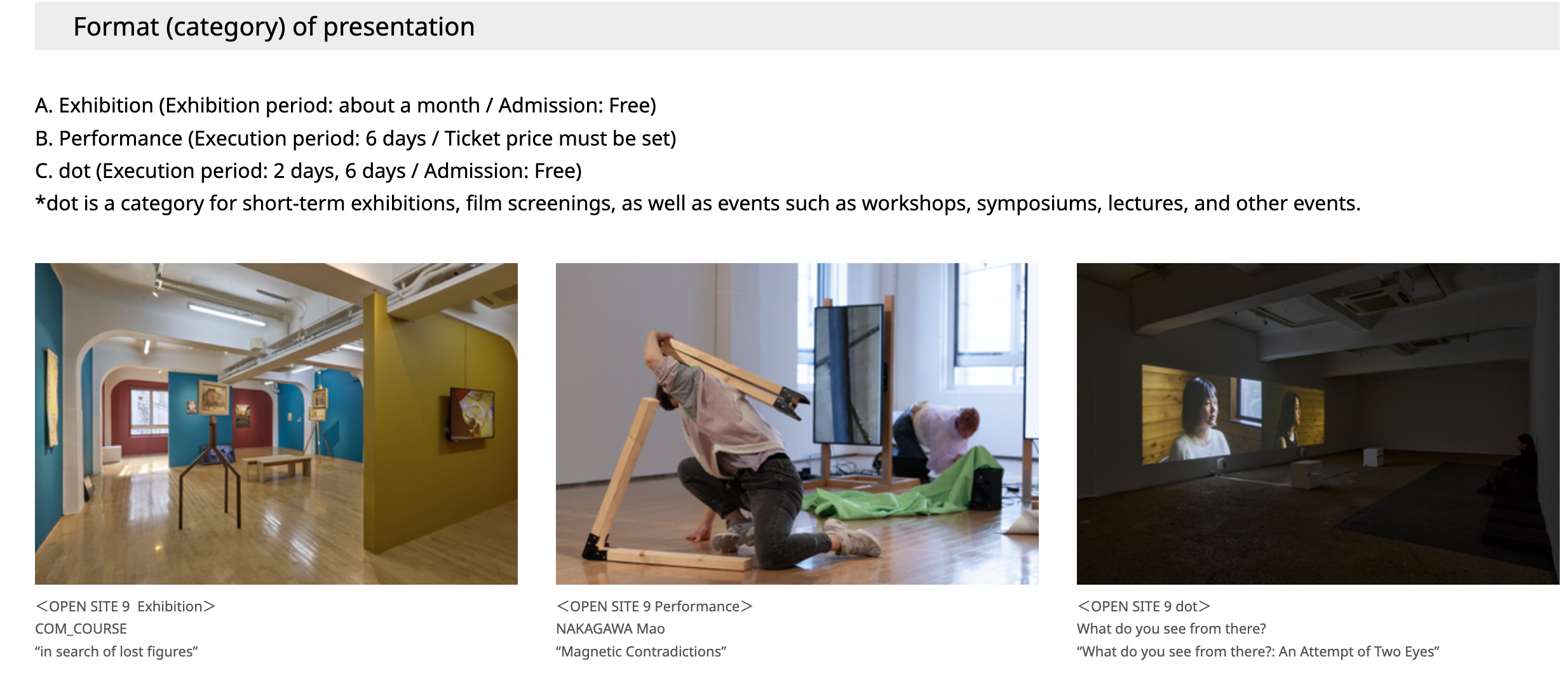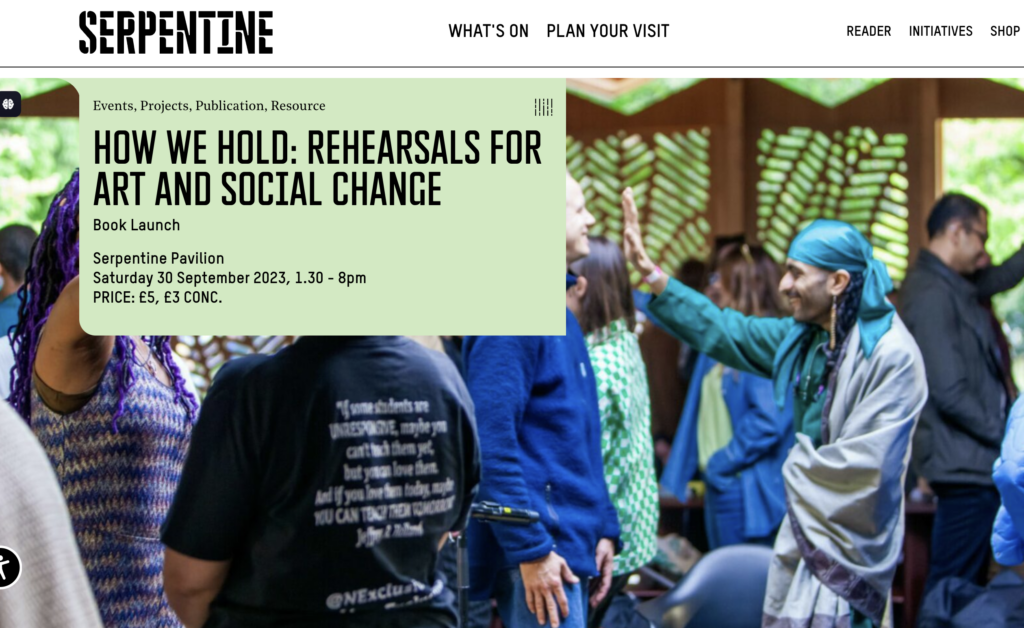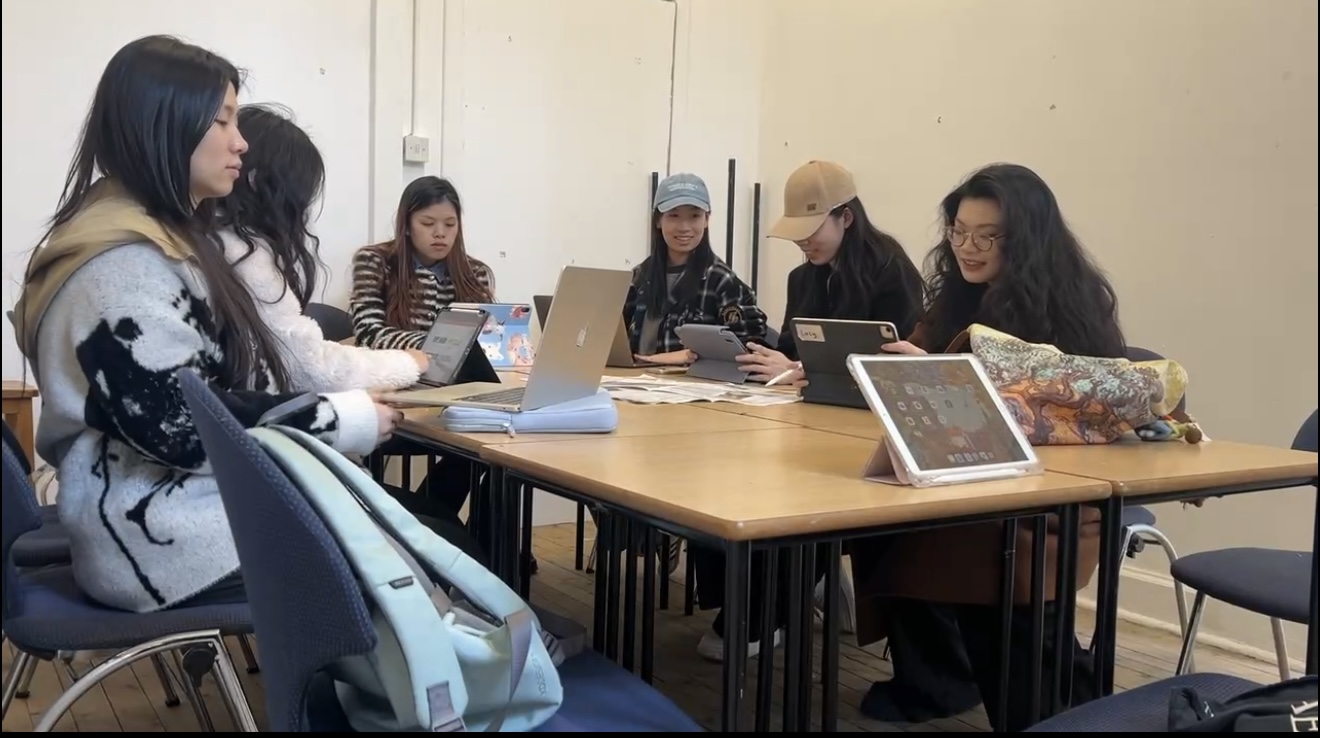This week, I participated in two group activities in the Summer Hall.
In the first session, I focused on planning the curatorial rhythm and discussing the Week 9 course content with other group members.
Curatorial Rhythm: From Timeline to Structural Negotiation
In my project, Invisible Control of Time, time serves as both a theme and a practical methodology. The Open Site program at Tokyo Arts and Space specifies that the exhibition will run for approximately one month. However, through discussion, I realised that this involves more than merely allocating time for space usage—it also necessitates quickly and precisely coordinating the rhythm of artist collaboration, production processes, and women’s community engagement.

Information about TOKAS’s Open Site
Publishing as curation: extension of the public nature of space
In line with the Week 9 course content, this week’s class—led by Adam Benmakhlouf—invited us to reframe “publication not merely as a record of outcomes, but as a curatorial practice in its own right”. We discussed the role publishing could play in our projects, exploring how it might extend the content of the exhibition and contribute to community building.

Serpentine Galleries, How We Hold project page
I was deeply inspired by Serpentine’s project How We Hold. By bringing together the working notes, narratives, and reflections of artists and community organizations, the publication becomes a space that functions both as an archive and a methodological toolbox.
This led me to reflect: while exhibition spaces are ephemeral, can a publication carry forward their public nature and emotional memory? Instead of producing a traditional catalogue, could I offer an interactive, co-creative publishing platform?
As the curator of How We Hold puts it, “Publishing is a re-call for a common life path.” I hope it becomes a public experience—one that can be carried, shared, and continued.
Based on my idea, my peers pointed out that rebuilding a platform would involve significant complexity and budget. After the meeting, I reflected on this and decided to explore embedding the digital version through Tokyo Arts and Space or the platforms of partner women’s organisations. In this way, publishing can become a more accessible and feasible medium—reducing resource pressure while expanding community outreach.

Activity Record
Reflection Summary
This discussion highlighted a key collaborative skill: critical feedback and iterative development.
By presenting my idea to the group, I was able to refine it in real time, finding a balance between ambition and feasibility.
Resource:
Information about TOKAS’s Open Site: https://www.tokyoartsandspace.jp/en/archive/application/2025/20250130-294.html
Louise O’Hare, “Artists at Work: Nick Thurston”, Afterall, https://www.afterall.org/articles/artists-at-work-nick-thurston/
Serpentine Galleries, How We Hold:https://www.serpentinegalleries.org/whats-on/how-we-hold-rehearsals-for-art-and-social-change/


Leave a Reply